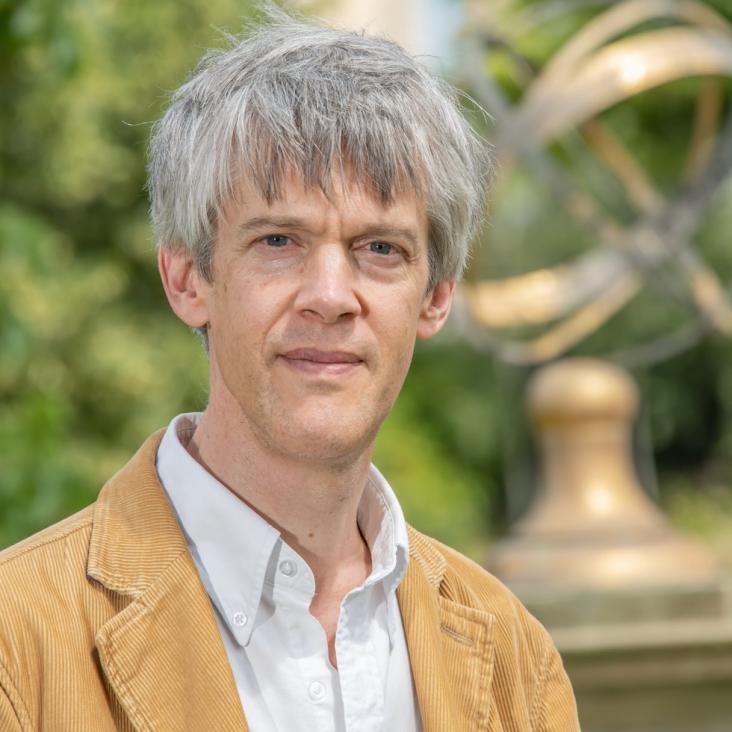Decadally Resolved Lateglacial Radiocarbon Evidence from New Zealand Kauri
Radiocarbon Cambridge University Press (CUP) 58:4 (2016) 709-733
Abstract:
Radiocarbon Verification of the Earliest Astro-Chronological Datum
Radiocarbon Cambridge University Press (CUP) 58:4 (2016) 735-739
Abstract:
Chronology of middle Holocene hunter–gatherers in the Cis-Baikal region of Siberia: Corrections based on examination of the freshwater reservoir effect
Quaternary International Elsevier BV 419 (2016) 74-98
Between the Vinča and Linearbandkeramik worlds: the diversity of practices and identities in the 54th–53rd centuries cal BC in south-west Hungary and beyond
Journal of World Prehistory Springer Verlag 29:3 (2016) 267-336
Abstract:
Szederkény-Kukorica-dűlő is a large settlement in south-east Transdanubia, Hungary, excavated in advance of road construction, which is notable for its combination of pottery styles, variously including Vinča A, Ražište and LBK, and longhouses of a kind otherwise familiar from the LBK world. Formal modelling of its date establishes that the site probably began in the later 54th century cal BC, lasting until the first decades of the 52nd century cal BC. Occupation, featuring longhouses, pits and graves, probably began at the same time on the east and west parts of the settlement, the central part starting a decade or two later; the western part was probably abandoned last. Vinča pottery is predominantly associated with the east and central parts of the site, and Ražište pottery with the west. Formal modelling of the early history of longhouses in the LBK world suggests their emergence in the Formative LBK of Transdanubia c. 5500 cal BC and then rapid diaspora in the middle of the 54th century cal BC, associated with the ‘earliest’ (älteste) LBK. The adoption of longhouses at Szederkény thus appears to come a few generations after the start of the diaspora. Rather than explaining the mixture of things, practices and perhaps people at Szederkény by reference to problematic notions such as hybridity, we propose instead a more fluid and varied vocabulary including combination and amalgamation, relationships and performance in the flow of social life, and networks; this makes greater allowance for diversity and interleaving in a context of rapid change.House time: Neolithic settlement development at Racot during the 5th millennium CAL B.C. in the Polish lowlands
Journal of Field Archaeology Taylor & Francis 41:5 (2016) 618-640


